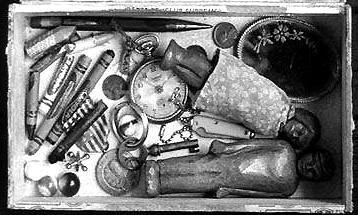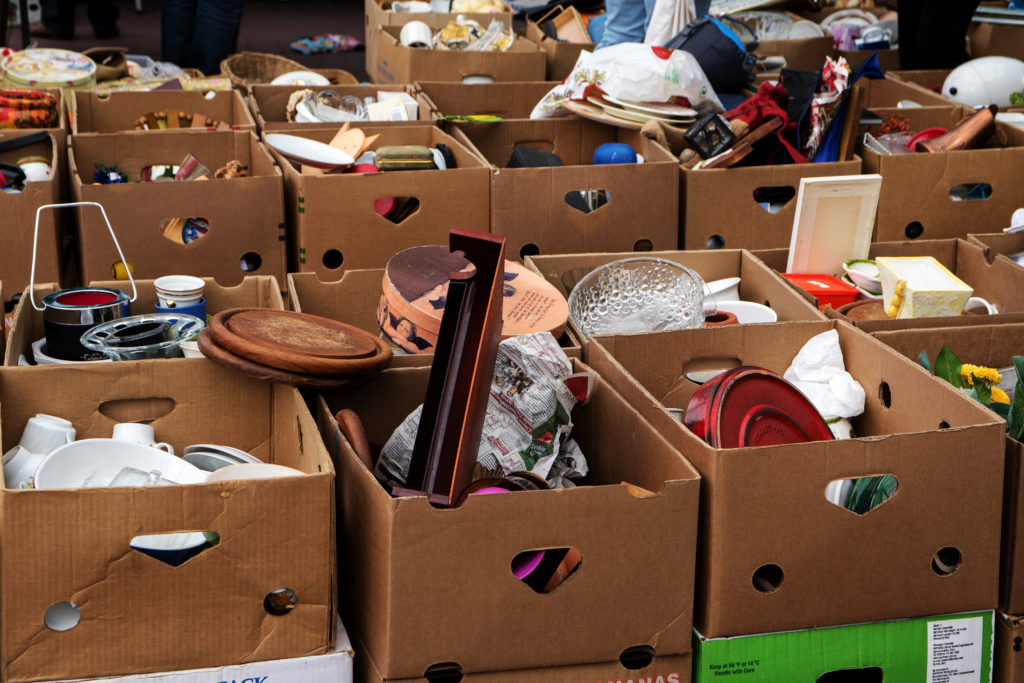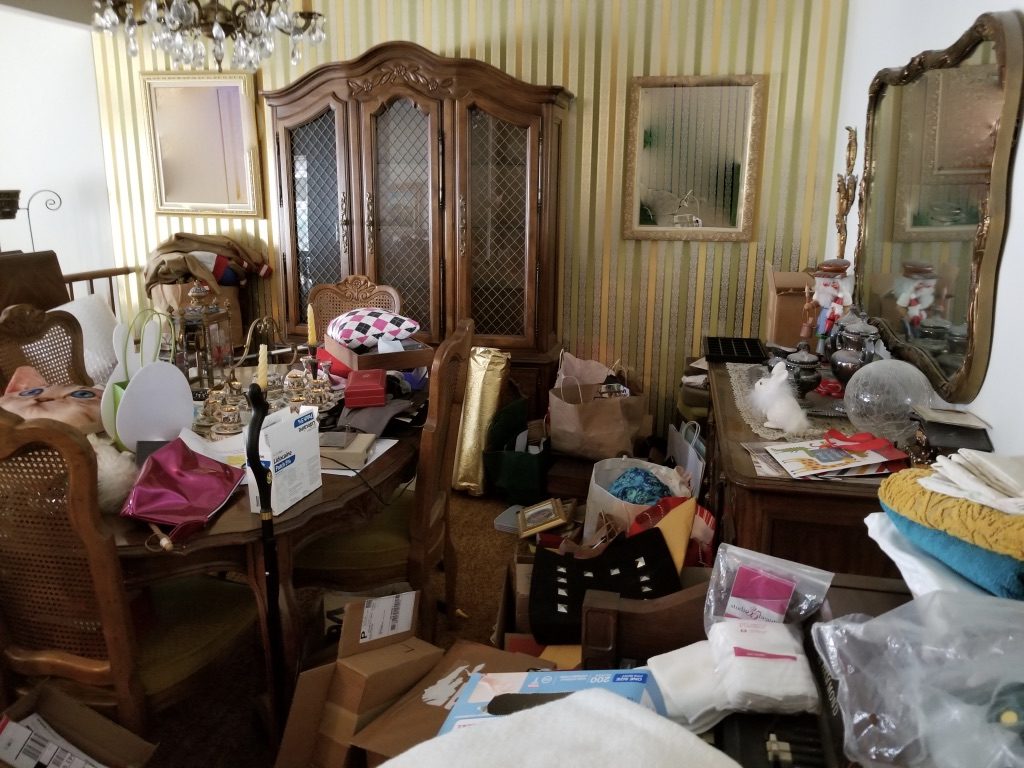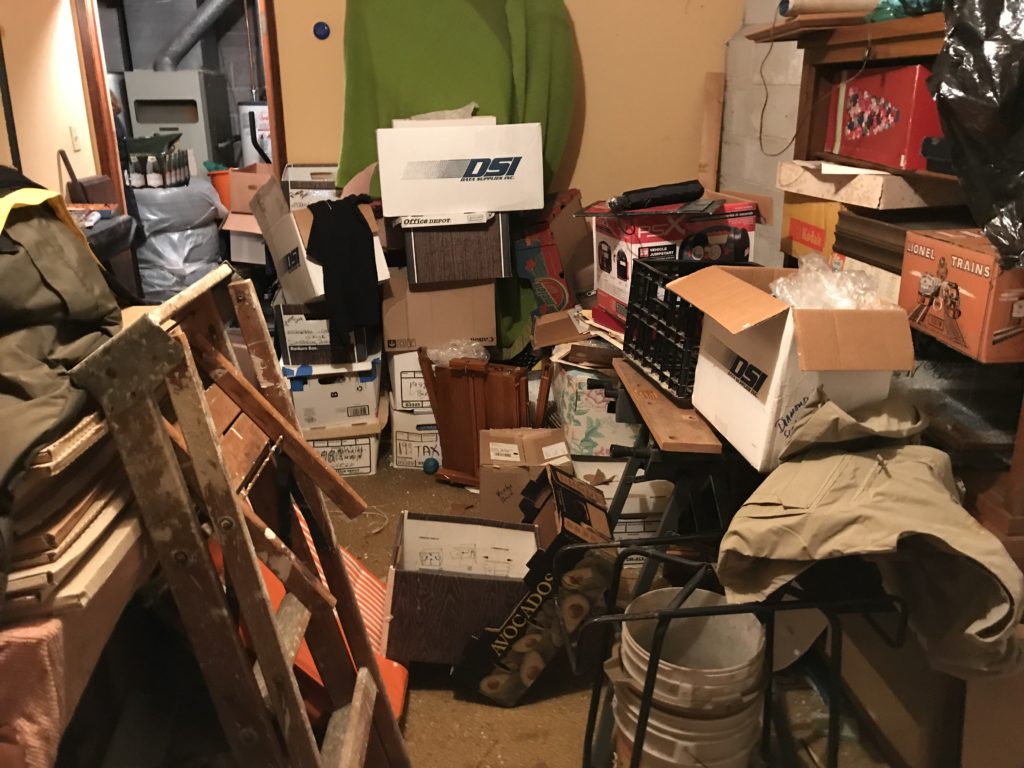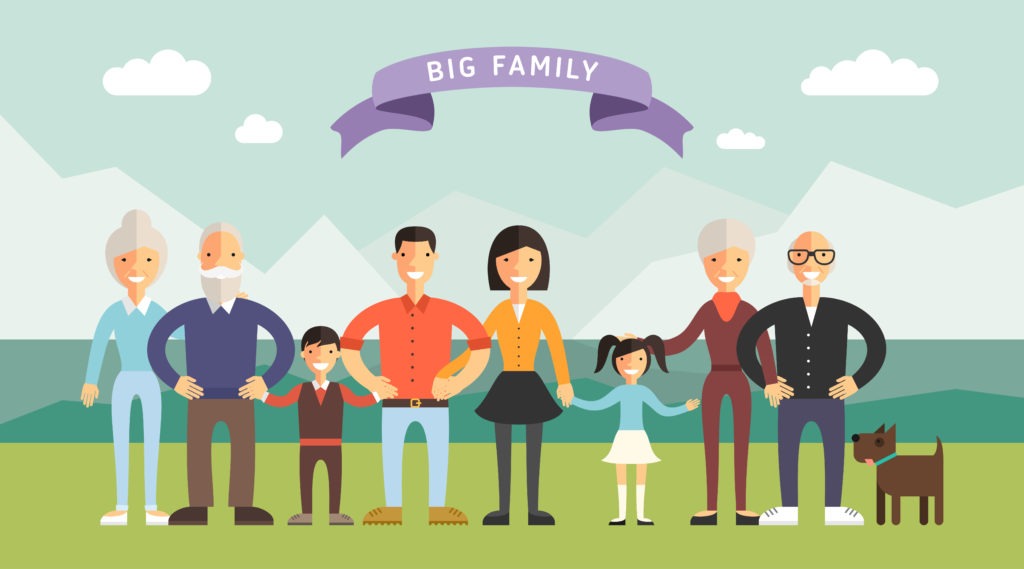A Guide to a Clutter-Free and Stress-Free Life
As our parents age, managing their household and daily activities can become increasingly challenging. A well-organized, clutter-free home not only enhances safety but reduces stress and also improves their overall quality of life. Whether they are downsizing, moving to assisted living, or simply trying to maintain their independence, helping them stay organized can make all the difference. Here are some essential organizing tips to assist aging parents in creating a clutter-free and stress-free environment.
1. Declutter with Compassion
One of the first steps in organizing is decluttering. However, it’s important to approach this process with empathy. Sentimental items may hold deep emotional value, so instead of insisting on immediate removal, encourage a gradual approach. Help them decide what to keep, donate, or discard by asking, “Does this item serve a purpose or bring joy?” Consider taking photos of sentimental belongings before letting them go.
2. Create Easy-to-Access Storage Solutions
Seniors should have easy access to their daily essentials without excessive bending, reaching, or searching. Store frequently used items at waist height and avoid placing important items in hard-to-reach areas. Use clear storage bins with labels for medications, financial documents, and household necessities. Drawer organizers, lazy Susans, and stackable containers can also be great tools for maintaining order.
3. Simplify Their Wardrobe
A cluttered closet can make getting dressed overwhelming. Assist your parents in curating a simple, functional wardrobe with comfortable and seasonally appropriate clothing. Store off-season items separately and consider using closet organizers to make outfit selection easier. If mobility is an issue, install easy-to-use hangers or lower closet rods.
4. Make the Home Safe and Senior-Friendly
Safety is a priority when organizing for aging parents. Reduce fall risks by securing loose rugs, keeping walkways clear, and installing grab bars in the bathroom. Ensure proper lighting, especially in hallways, staircases, and entryways. Label medications clearly and use a pill organizer to prevent confusion. Simple adjustments can create a more secure living space and enhance their independence.
5. Streamline Paperwork and Finances
Managing bills, medical records, and legal documents can be overwhelming. Help your parents set up a filing system for important paperwork. Use labeled folders or digital scanning apps to organize medical history, insurance policies, and financial statements. Automating bill payments can also reduce stress and prevent missed due dates.
6. Utilize Technology for Organization
Embracing technology can greatly assist in organization. Introduce them to reminder apps for medications and appointments. Smart home devices, such as voice-activated assistants, can help with setting reminders and controlling household functions. Teach them how to use online shopping and delivery services for groceries and medications to simplify errands.
7. Create a Maintenance Routine
Consistency is key to maintaining an organized home. Establish a simple cleaning and organization routine that they can follow. Enlist the help of family members or caregivers for regular check-ins and assistance with household tasks. Having a schedule for decluttering, grocery shopping, and medication refills can prevent things from becoming overwhelming.
Final Thoughts
Helping aging parents stay organized is a meaningful way to support their independence and well-being. By decluttering with empathy, creating accessible storage solutions, and implementing safety measures, you can help them maintain a stress-free and comfortable living space. Small changes can have a significant impact on their quality of life, making daily tasks easier and giving you peace of mind knowing they are in a well-organized environment.






 Toys and Childhood Memorabilia
Toys and Childhood Memorabilia